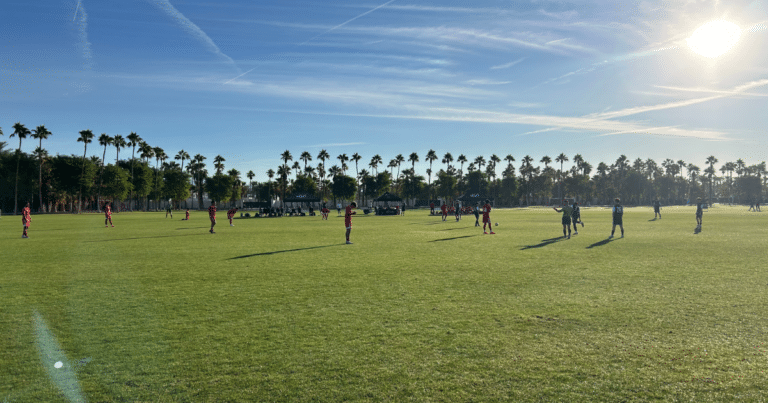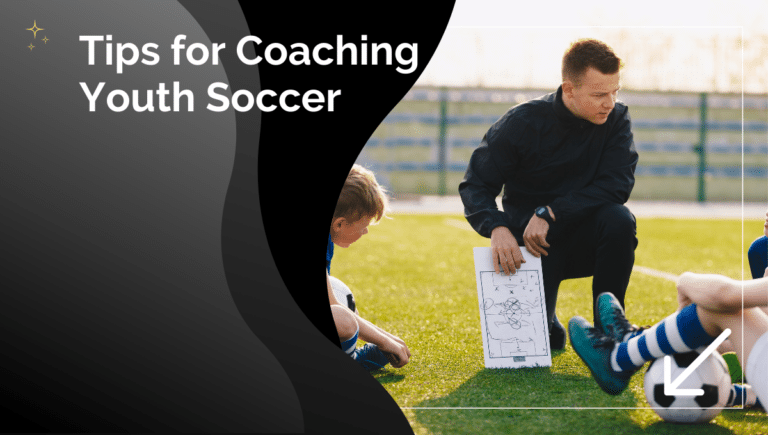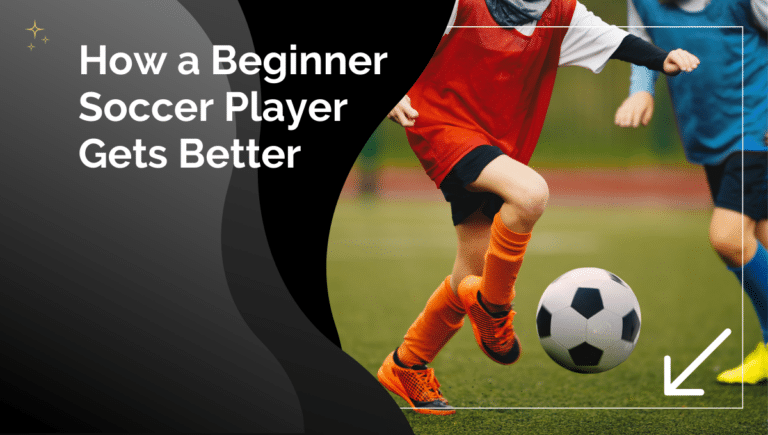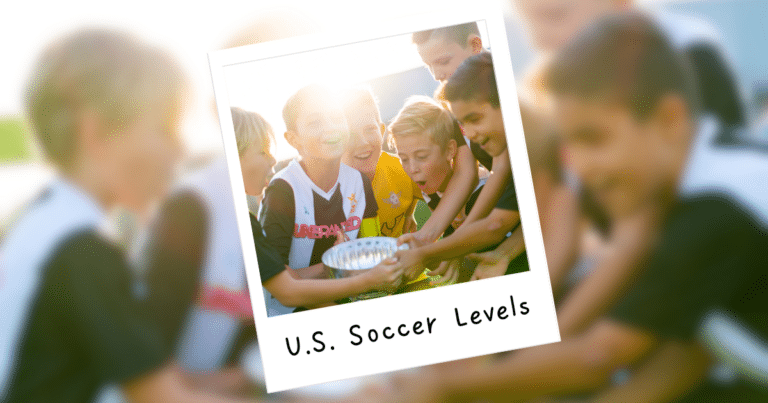How Many Keepers Does Your Soccer Team Need?
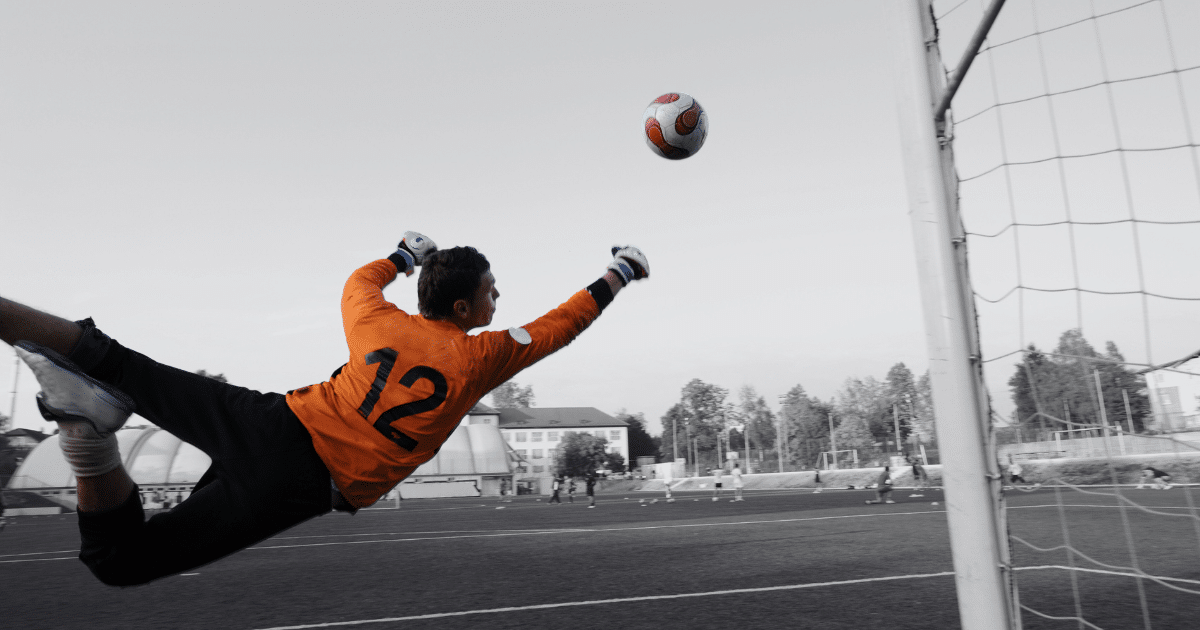
Every soccer team needs at least two goalkeepers to be prepared for games and unexpected situations. The goalkeeper is the most important player for stopping goals and can help your team win games.
TL;DR:
How Many Goalkeepers Are Just Right?
When you’re putting together a soccer team, you need to think about how many goalkeepers to have. For most youth teams playing regular 11-player soccer, two goalkeepers works best. This way, each keeper can play for half the game.
For smaller teams that play 7v7 or 9v9, one main goalkeeper plus a backup player who can also play other positions is a good choice. I think younger players should get chances to try different positions to learn new skills.
As teams get more serious and play at higher levels, they usually add more goalkeepers to their lineup.
Why Having Multiple Goalkeepers Matters

Protection Against Injuries
Having only one goalkeeper can be risky. If that player gets hurt during a game or practice, you won’t have anyone to replace them. This happened to my son’s team last year, and we were lucky to have another keeper available!
Fresh Players Make Better Saves
Goalkeepers can get more tired than you might think. Having backup goalkeepers means your team always has someone with energy to protect the goal.
When There’s No Goalkeeper Available
Finding Emergency Goalkeepers
If your team suddenly has no goalkeeper, you need to find someone to fill in. Look for players who:
- Are taller than others
- Have good reflexes
- Can catch and throw well
- Aren’t afraid to dive for the ball (they need to be a little crazy, right?!)
Try Different Players
If no one feels comfortable being the goalkeeper, you could have different players take turns. This gives everyone a chance to try the position and see who might be good at it.
Training New Goalkeepers
If someone on your team is interested in being a goalkeeper, help them learn the skills they need. Practice with them and give them time to get comfortable in the position.
In my experience, dedicated training makes a huge difference in goalkeeper performance.
Borrowing From Other Teams
Goalkeepers can be hard to find. If another team has extra goalkeepers, you might ask if one could join your team temporarily. Just make sure everyone understands the situation from the beginning.

Written By: Beau Bridges
Beau is the founder of SoccerNovo, dedicated to helping players and parents navigate the youth soccer landscape. As a former youth coach and soccer parent, he shares insights on player development, recruiting, and the ever-evolving soccer scene in the U.S.
Let’s connect


